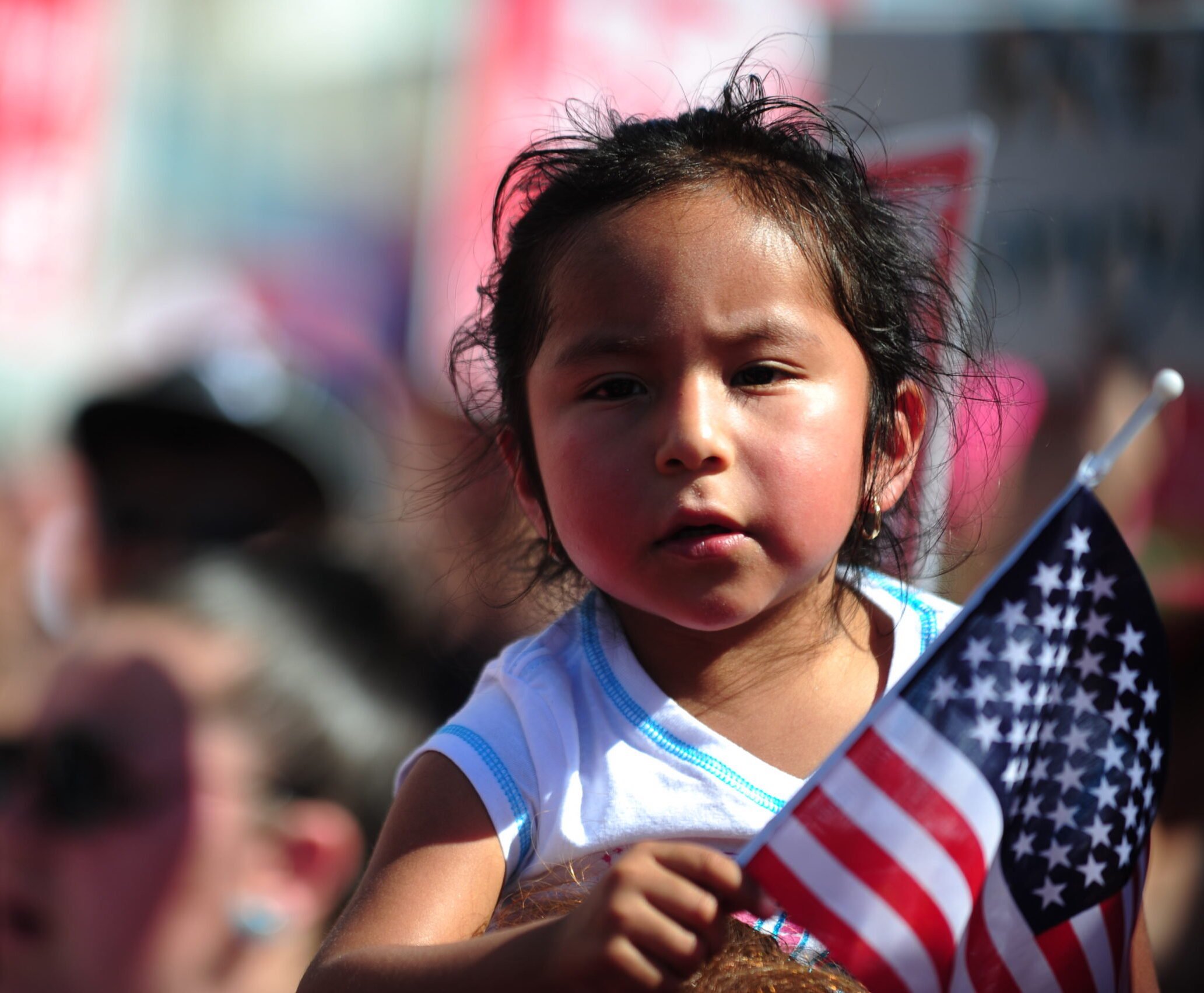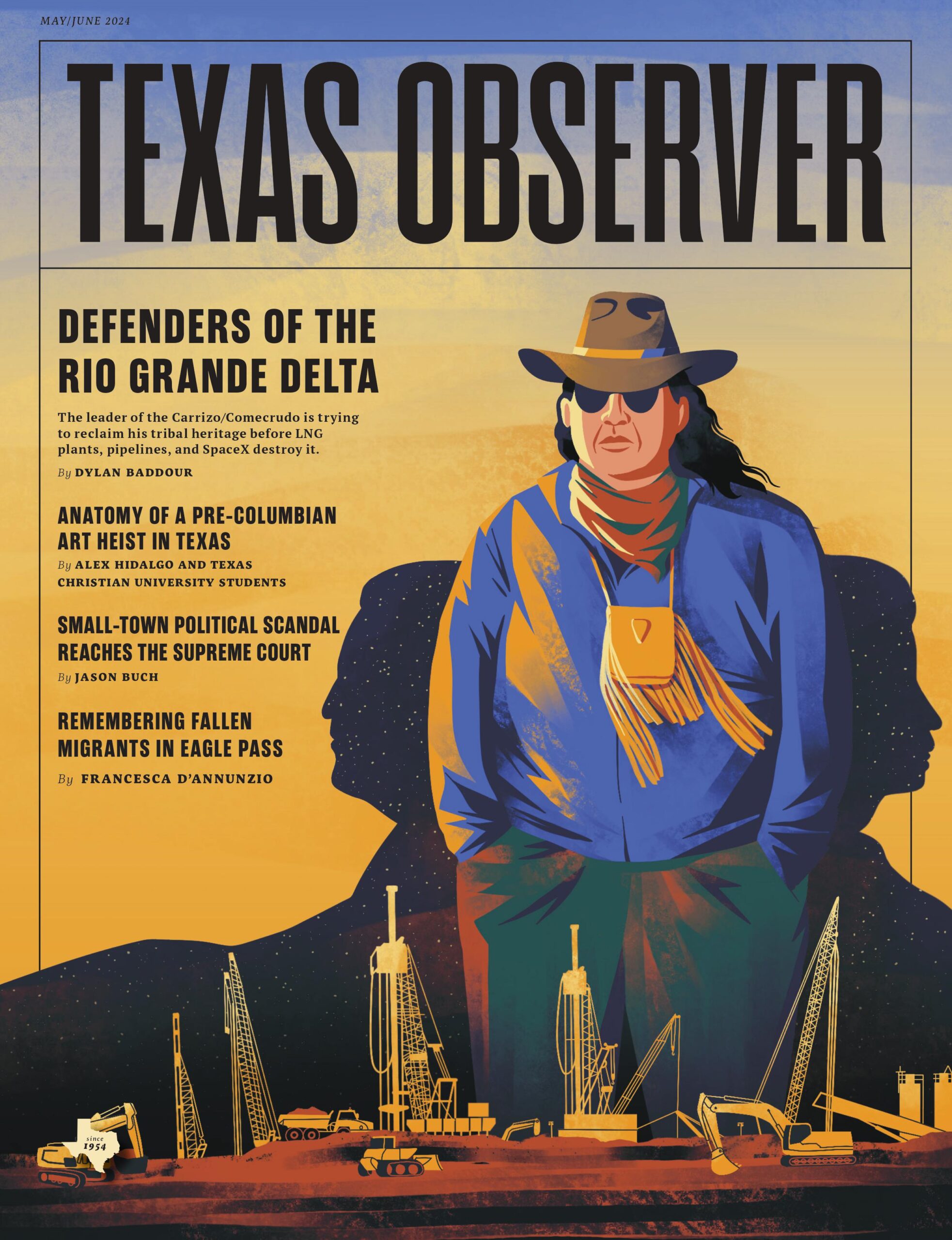ustxtxb_obs_1997_04_25_50_00013-00000_000.pdf
Page 14
DATELINE TEXAS What Minimum Wage? BY MARK MURRAY San Juan and Austin When the latest federal minimum wage increase was signed into law on August 20 labor leaders and at least some politicians rejoiced AFL-CIO President John Sweeney called the law \(which last October “a victory for Americas working families” President Clinton declared the law meant that “real hourly wage, which fell for a decade have finally begun to rise again. America is on the move” Even Bob Doles presidential campaign office said that it was a “helpful…step toward addressing the economic anxiety of American workers” Lupe Lechuga didn’t have much reason to celebrate. Lechuga isn’t a churlish employer fearful that paying his workers 90 cents more an hour will hurtle him toward bankruptcy. Rather, he is a sixty-year-old farmworker from the Rio Grande Valley town of Alamosomeone, it seems, who would greatly benefit from the federal increase. But, as it turns out, Lechuga works for hire on some of the many small Valley farms that aren’t required to pay the federal minimum wage. He often is paid only the Texas minimum wage$3.35 per hour. At that meager rate, Lechuga says, it’s very difficult for him and his co-workers to support their families. “$3.35 is nothing at all. We have to pay light, we have to pay water, and we don’t make enough money to pay those bills.” Raymond Gill, a San Juan attorney and the project director for the South Texas Civil Rights Project, echoes Lechuga’s complaint. “$3.35 an hour is, what, $7,000 a year?” asks Gill. “It is just impossible for a farmworker to be able to maintain his or her family on that kind of wage.” \(Computed at forty hours a week, the state minimum wage amounts to an annual $6,968. But because farm work is seasonal and unpredictable, many farm laborers Unlike Lechuga, most Texas workers qualify to make at least the federal minimum wage. Under the federal Fair Labor work involves interstate commerce \(or whose employer is engaged in interstate $4.75 per hour. For example, if a picker in a scorching Valley field harvests vegetables that will be sold to a chain grocery store in Oklahoma, the law requires that he or she must make at least the federal minimum. \(Even on a piece-rate system, covered farmworkers must earn the equivalent definitions of interstate commerce used by courts and the U.S. Department of Labor, most employees find themselves subject to the federal law. Additionally, the FLSA requires the federal minimum wage standard of employers whose yearly gross sales exceed $500,000. There’s an exemption to the federal law, however, that enables Texas’ agricultural employerseven those pursuing interstate commerce or earning more than $500,000 a yearto pay the lower state minimum wage to some farmworkers like Lechuga. Employers are exempt if they have used no more than 500 “man-days” of farm labor in any calendar quarter of the preceding calendar year. In practice, explains Nick Flores, district director of the Department of Labor’s San Antonio Wage and Hour District Office, this means that farmers who generally employ six or fewer farmworkers in a quarter don’t have to pay the federal minimum wage. “The little farmer is not subject to $4.75,” says Flores. Instead, he is required to pay only the state minimum wage. This exemption affects many Valley farmworkers, says Flores; he estimates that one-third of all Valley seasonal farmworkers qualify only for the state’s minimum $3.35 per hour. Considering recent Texas history, the state’s current minuscule minimum wage should be no surprise. Like a hobbled mule racing against a swift and agile horse, the state minimum has continually lagged behind the federal wage. In 1963 the federal government raised the minimum wage to $1.25. Not until 1970, with its first-ever minimum wage law, did Texas reach this amount. In 1967, the federal minimum wage rose to $1.40; Texas’ didn’t catch up until 1971. The federal wage steadily climbed to $1.60 in 1968, $2.00 in 1974, $2.10 in 1975, $2.30 in 1976, $2.65 in 1978, $2.80 in 1979, $3.10 in 1980, and $3.35 in 1981. Yet Texas after standing still for sixteen yearsfinally raised its minimum wage to $3.35 in 1987. Since that increase, the state has twiddled its thumbs while the federal government has elevated the minimum wage to $3.80 in 1990, $4.25 in 1991, the . current $4.75, and this September’s $5.15. Rebecca Harrington, the United Farm Workers’ national vice president, maintains that Texas’ sluggishness in raising its minimum wage shows its lack of compassion for its poorer workers. “The state of Texas never looks out for its poor people,” Harrington says. Some state legislators, though, are attempting to remedy this neglect in the 1997 session. In January, State Representative Ciro Rodriguez of San Antonio \(who won the late Frank Tejeda’s congressional seat raise the state’s minimum wage to $5.15. State Representatives Kevin Bailey of Houston and Glen Maxey of Austin have APRIL 25, 1997 THE TEXAS OBSERVER 13


